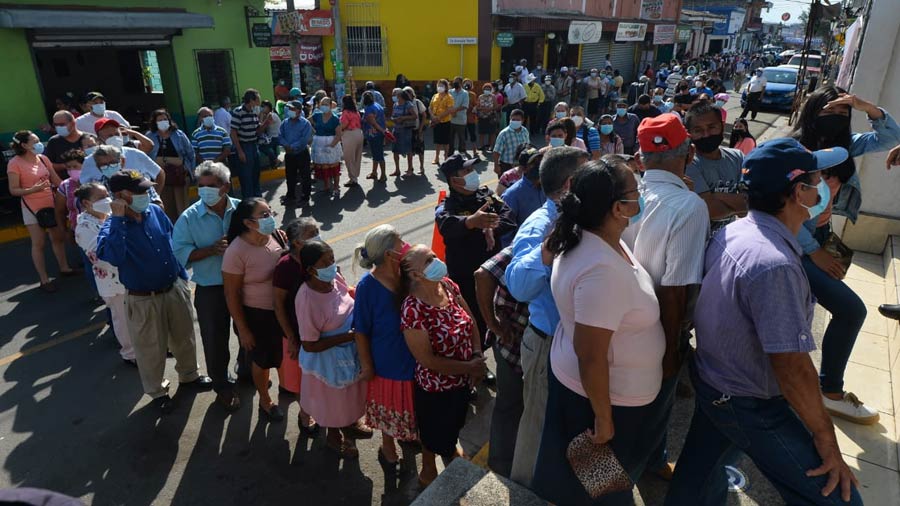
Compare the turnout for these elections with the last nine elections.
The 1994 legislative and municipal elections reached, on average, 44% turnout. But the current legislative elections on February 28 show a turnout of 51%. Which beats the last legislative elections.
In the first conference of the Supreme Electoral Tribunal (TSE) after the closure of the polling stations, the president of TSE, Dora Martínez, said: “We have overcome the influx of voters, we have a turnout of 51%. The pandemic was not a pretext. “
You may be interested in: Under development, the number of votes in municipal and legislative elections
And it is that in the last legislative elections of 2018 there was a turnout of 45.73% which compared to these elections means an increase of 6 percentage points.
The polling stations were bright, with long lines of voters from the beginning; It was initially said that this was the result of biosecurity measures installed at the entrances of polling stations.
However, the TSE noted an increase in voter turnout.
READ ALSO: Seniors, the first to vote on February 28
The Department of Political Studies of the Salvadoran Foundation for Economic and Social Development (FUSADES) published an analysis of electoral participation in July 2020 and summarized the behavior of the electorate in two moments:
The first between 1994 and 2003, where it coincides with the presidential election and in which there is a “pull effect and greater turnout”. The second moment arises from the establishment of the Unique Identity Document (DUI) as a tool for identifying and empowering the voter.
While reduced voter turnout in 2018 is the result of “voters’ lack of interest in electing their representatives; lack of trust in political parties and dissatisfaction with the democratic system.